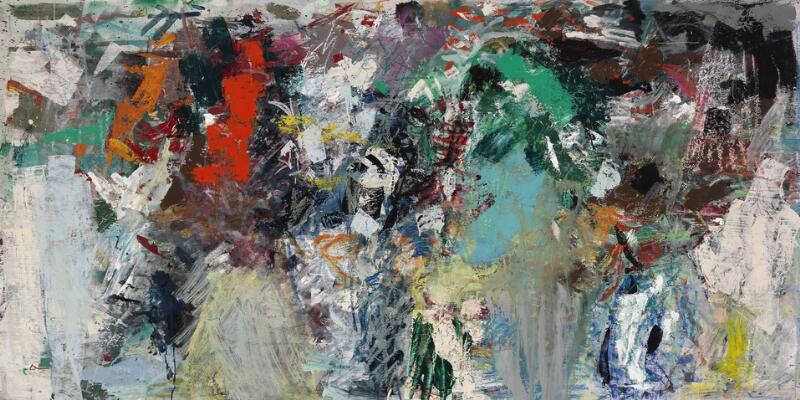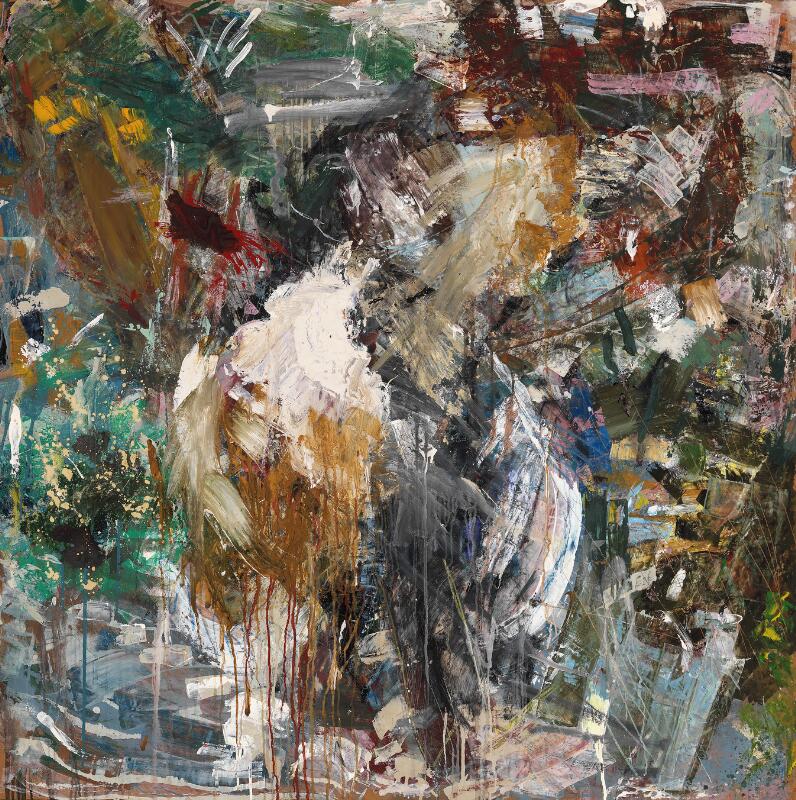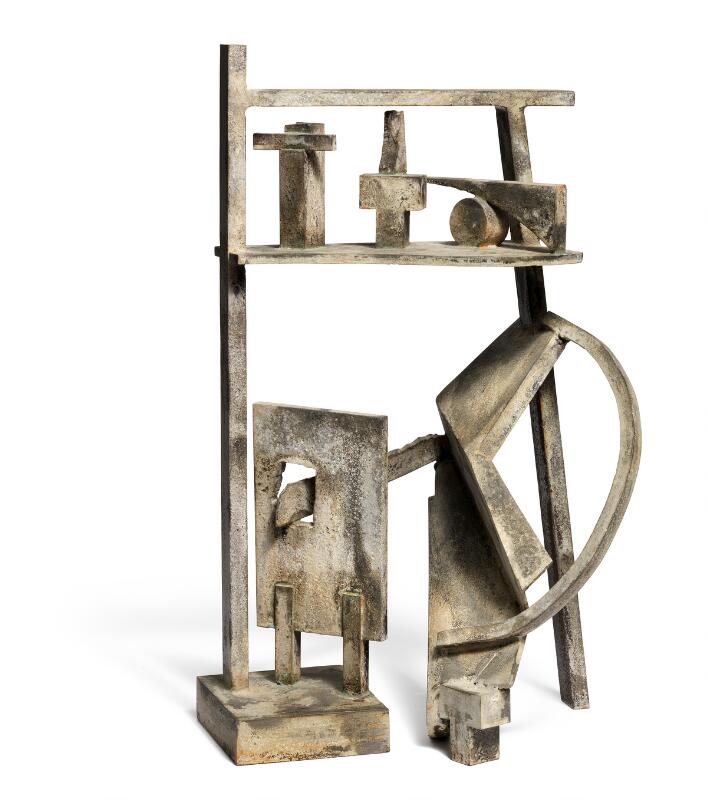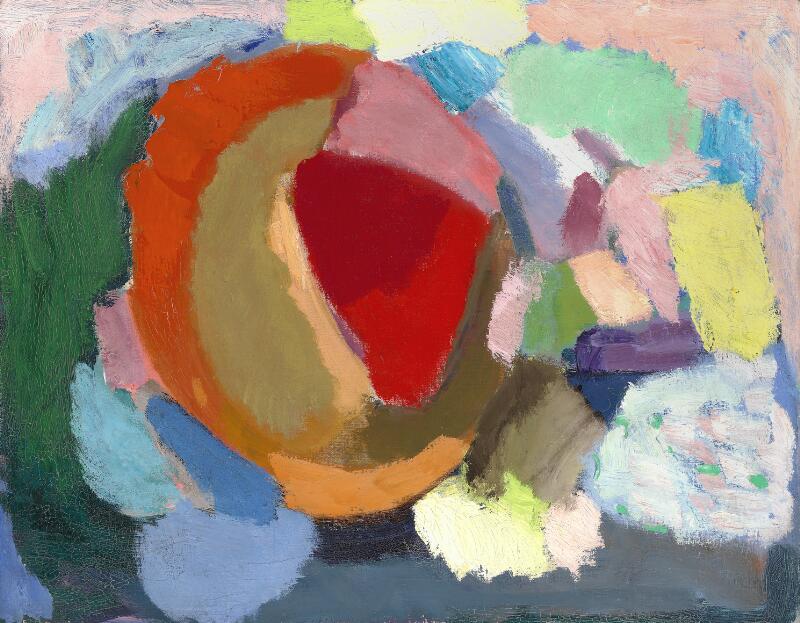Morten Grunwald's Art Collection at Auction
Most Danes will know the actor Morten Grunwald from his role as Benny in the nationally beloved "Olsen Gang" films and as a cultural revolutionary artist in the equally cherished TV show "Matador". What few people know is that in addition to his work as a popular actor and theatre director, he had a great love for the visual arts. A large number of works from Grunwald's collection is now up for auction.
One of the great figures in Danish film and theatre history, Morten Grunwald, nurtured a deep interest in art, which became his personal haven and lifelong obsession. Now the daughters of Grunwald are putting 48 works from Grunwald and his wife Lily Weiding's impressive art collection up for auction, including paintings by Per Kirkeby, Egon Mathiesen, Robert Jacobsen and Arthur Köpcke. They will be up for auction on 27 and 28 September at Live Auctions in Bredgade 33, Copenhagen, and at an Online Auction on 27 September at bruun-rasmussen.dk. Among the works on offer is the spectacular oil painting "Flodfjældets skønhed" (The beauty of the river mountain), by one of the biggest names in Danish art history, Per Kirkeby. Grunwald and Kirkeby were close friends, and Kirkeby dedicated several of his works to Grunwald. The offered painting has previously hung above the sofa in the home of Grunwald and Weiding.
A Daily Dose of Vitamins and a Home Full of Art
"Good art, that makes life worth living, is like experiencing love, and what is life without love, without art? It is a life without oxygen.”
Morten Grunwald in 2011 in an interview with Vild Med Kunst (Mad about Art).
If you ask Grunwald's family, friends and colleagues, there is no doubt that he had an outstanding sense of art, aesthetics and design. Art was his "daily dose of vitamins", as he himself described it in an article in Hjemmet (The Home) in 1978. This approach to art was particularly expressed in Grunwald and his wife's actress Lily Weiding's home, first on Ternevej in Frederiksberg and later in Skodsborg north of Copenhagen. Art lived and moved around these homes, where the furniture sometimes had to give way to paintings, which in turn were frequently replaced with newly acquired ones. It was thus in no way a static collection, which otherwise characterizes many collections.
|
|
|
"Morten loved art, and he was always on the lookout for new inspiration and new impulses. You never knew how long a work would stay on the wall, because he was always out and about discovering new art. We could all be absolutely in love with a painting he had hung up, but suddenly it could be replaced by another work he had fallen in love with," says daughter Tanja Grunwald, who together with her older sisters Julie and Xenia recall how their life with their actor parents was always filled with art. As children, they were regularly taken to museums such as the Louisiana Museum of Modern Art, and they travelled with their parents to New York several times to see art and meet artists and playwrights. |
Despite his devotion to art, Morten Grunwald didn't feel the need to make a big fuss about his collection; but if he found that people were interested in art, he could talk long and passionately about it. When he selected his art, it was always based on his own feelings, and not whether it was a hot name or came from a rare collection.
"The art had to touch him personally and give him joy while he owned it. He never cared about art as an investment and that sort of thing, and he spent his first big paycheck on art,"
says Tanja Grunwald.
She and her sisters remember that one of his first purchases of art, a turquoise-green tiled table by Bjørn Wiinblad, had a small flaw in the tiles, which was noticed by a guest. In response, Grunwald placed a small sticker under the table with the words: "That which is not perfect – that is art". When it came to art, Grunwald in general followed this motto.
Art Was His Personal Haven
At the end of the 1960s, Morten Grunwald became nationally known in Denmark through the film "Smukke-Arne og Rosa"(Pretty Arne and Rosa). In the role of Arne, Grunwald was quickly associated in public with a fresh and talkative persona, but under the surface it was the art that began to occupy him in this period. It was not something he was very public about, and perhaps that is precisely why art became a sort of personal haven for him. A place where he could be allowed to cultivate his aesthetic side in peace.
"It gave him great joy to surround himself with people from the art world and hear their stories and see their work. He spent large parts of his free time on it – it was his "thing". He would hang out in studios and at exhibitions with artists and gallerists and formed friendships in the environment."
Tanja Grunwald.
|
The interest in art began through his friendship with the art dealer Børge Birch, who introduced Grunwald to several Danish artists and basically taught the actor how to look at art.
"His first art purchases mainly consisted of lithographs by, among others, Andy Warhol and Kurt Trampedach. After that, his appetite grew for art and he also began to collect oil paintings and sculptures," says Tanja Grunwald. The art collection expanded all the time and eventually included works that were personally gifted to Grunwald by artists such as Per Kirkeby, Lars Ravn and Pierre Alechinsky. |
|
|
Building a Bridge Between Art and Theatre
Morten Grunwald brought his love for the visual arts into the world of theatre, which was also his great professional passion. In 1975, as head of the Bristol Music Center’s Theater, Grunwald noticed a poster on the front of a building. The poster's artwork had been made by the Danish painter Richard Mortensen and carried a political message with the inscription: “Giv Danmark en kulturminister” (Give Denmark a Minister of Culture).
|
This gave Morten Grunwald the idea to use posters as an artistic genre for the theatre. The same year, art by Richard Mortensen could be seen on the facade of the Bristol Music Center's Theater with posters for several of the plays performed inside. It was the beginning of a more artistic approach to poster production, initiated by Grunwald. The link between the theatre and the artists continued when he subsequently became director of Betty Nansen Teatret and later Østre Gasværk, a period which spanned more than 25 years. Here he quite impressively managed to get a number of theatre posters made by some of the leading Danish artists of the time such as Per Kirkeby, Richard Mortensen, Poul Gernes, Peter Brandes, Bjørn Nørgaard, Kurt Trampedach, Jan Sivertsen, Jens Birkemose and Per Arnoldi as well as the Belgian Alechinsky and the Frenchman Pierre Soulages. |
|
|
“Matador” Needed an Art Freak
You could also experience Morten Grunwald in his artistic wheelhouse on TV. In the successful Danish TV show "Matador". Here, he convincingly played the role of the cultural revolutionary artist and one of the main character's old drawing teacher, Ernst Nyborg. Grunwald himself has stated in an interview that his great interest in art ensured that the show’s director, Erik Balling, gave him the role:
"When Erik Balling needed a painter, it was fun that he chose me. He knew that Ove Sprogøe and I were a pair of art freaks who went to exhibitions together. We also often went exploring in Galleri Birch and bought modern, figurative art. I think that is why he gave me the role."
Morten Grunwald.
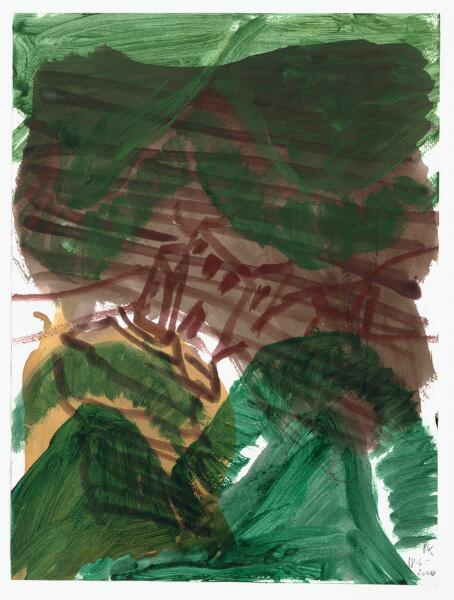
For further information, please contact:
|
|
Niels RabenNiels RabenHead Senior Specialist / Auctioneer / Modern & Contemporary Art / København |
|
|
Niels Boe-HauggaardNiels Boe-HauggaardHead of Department / Modern & Contemporary Art / København |
